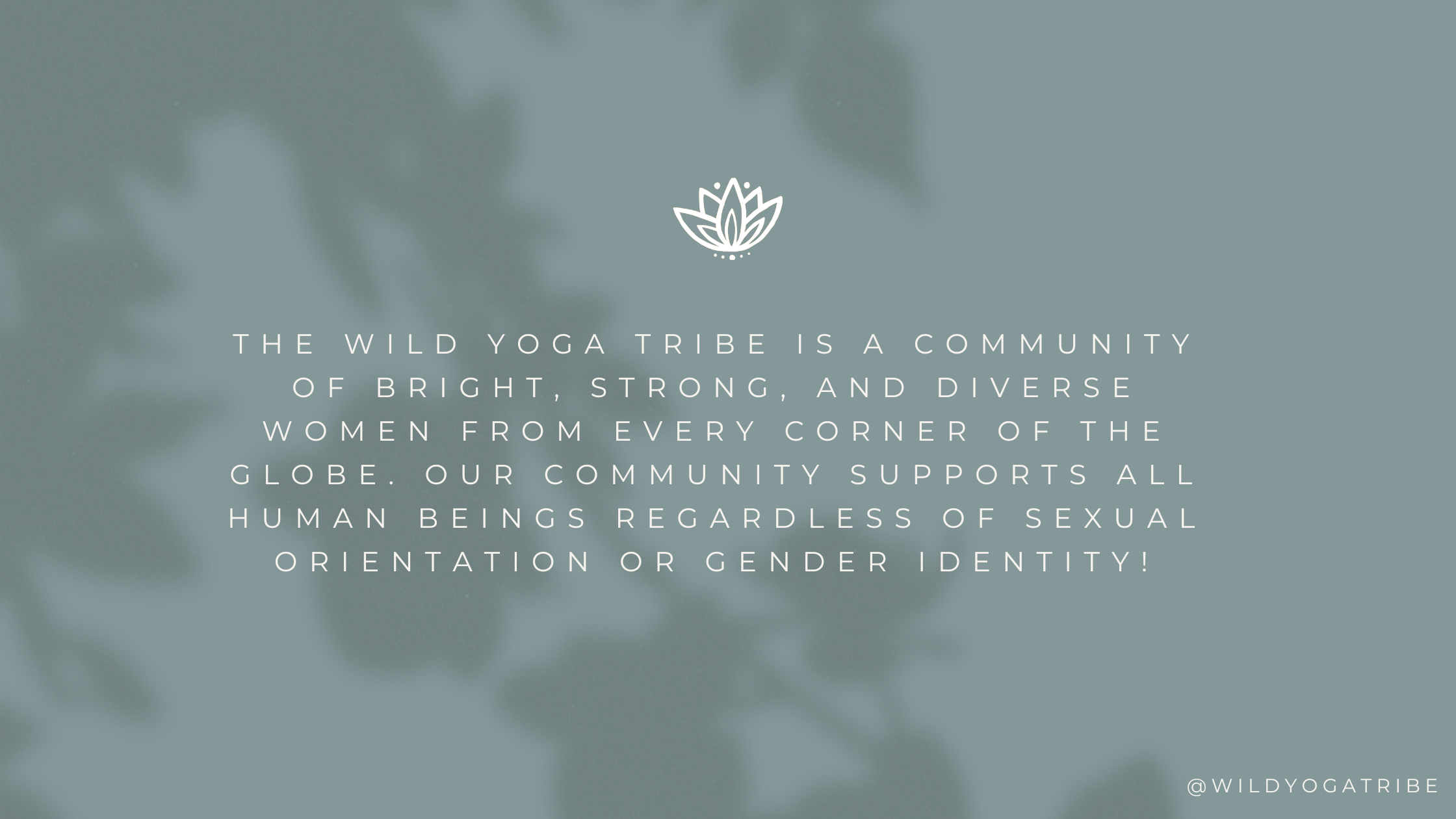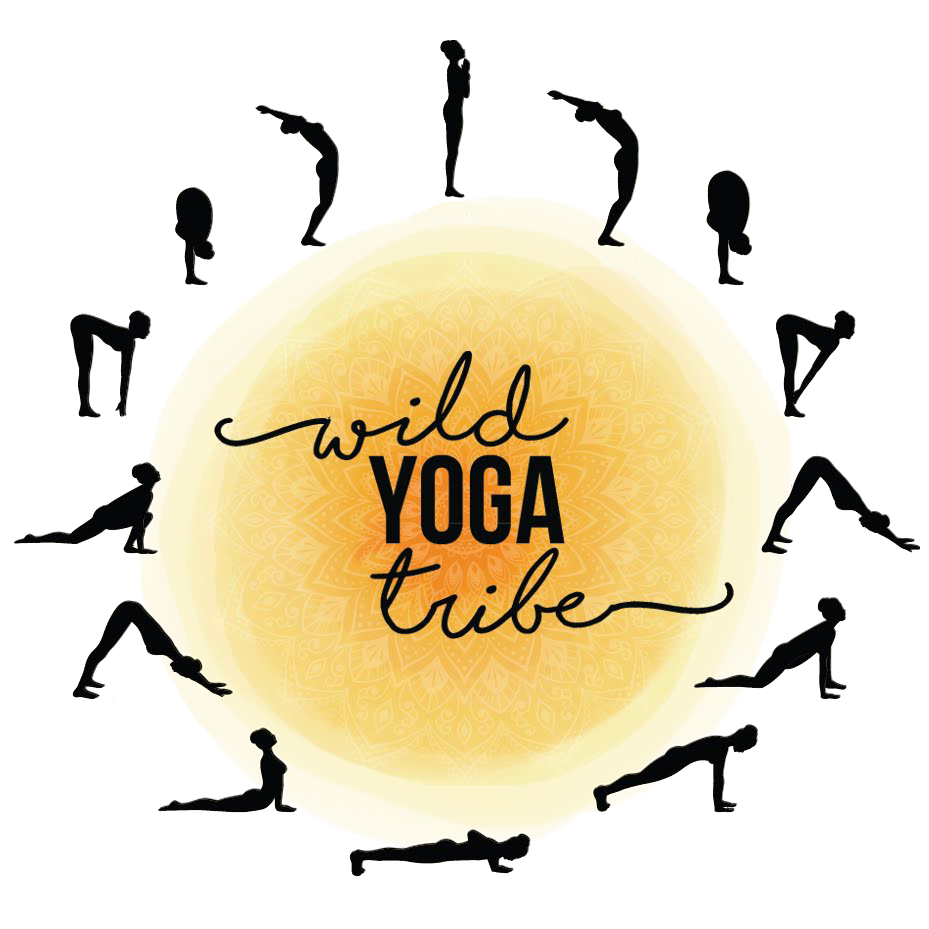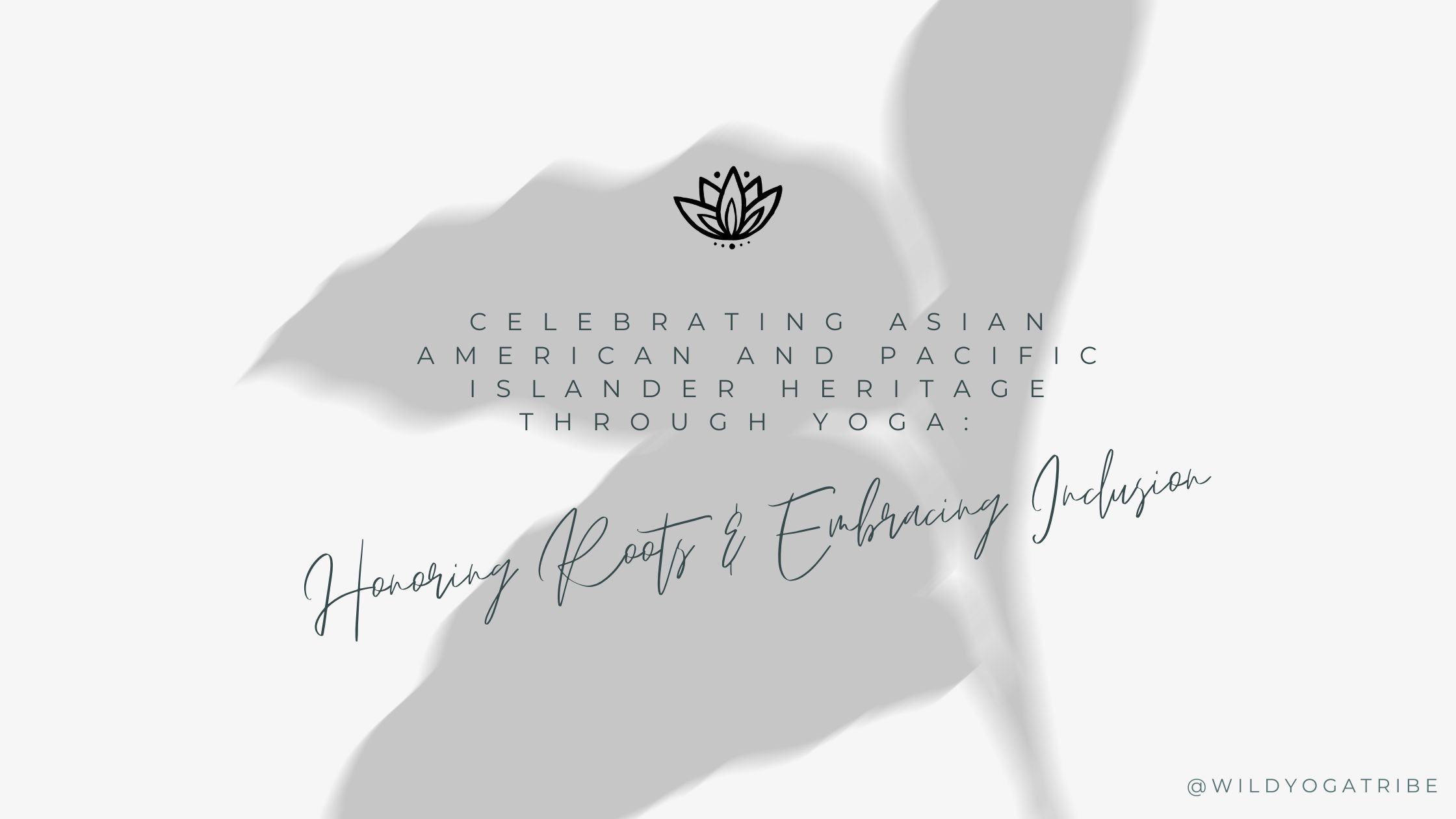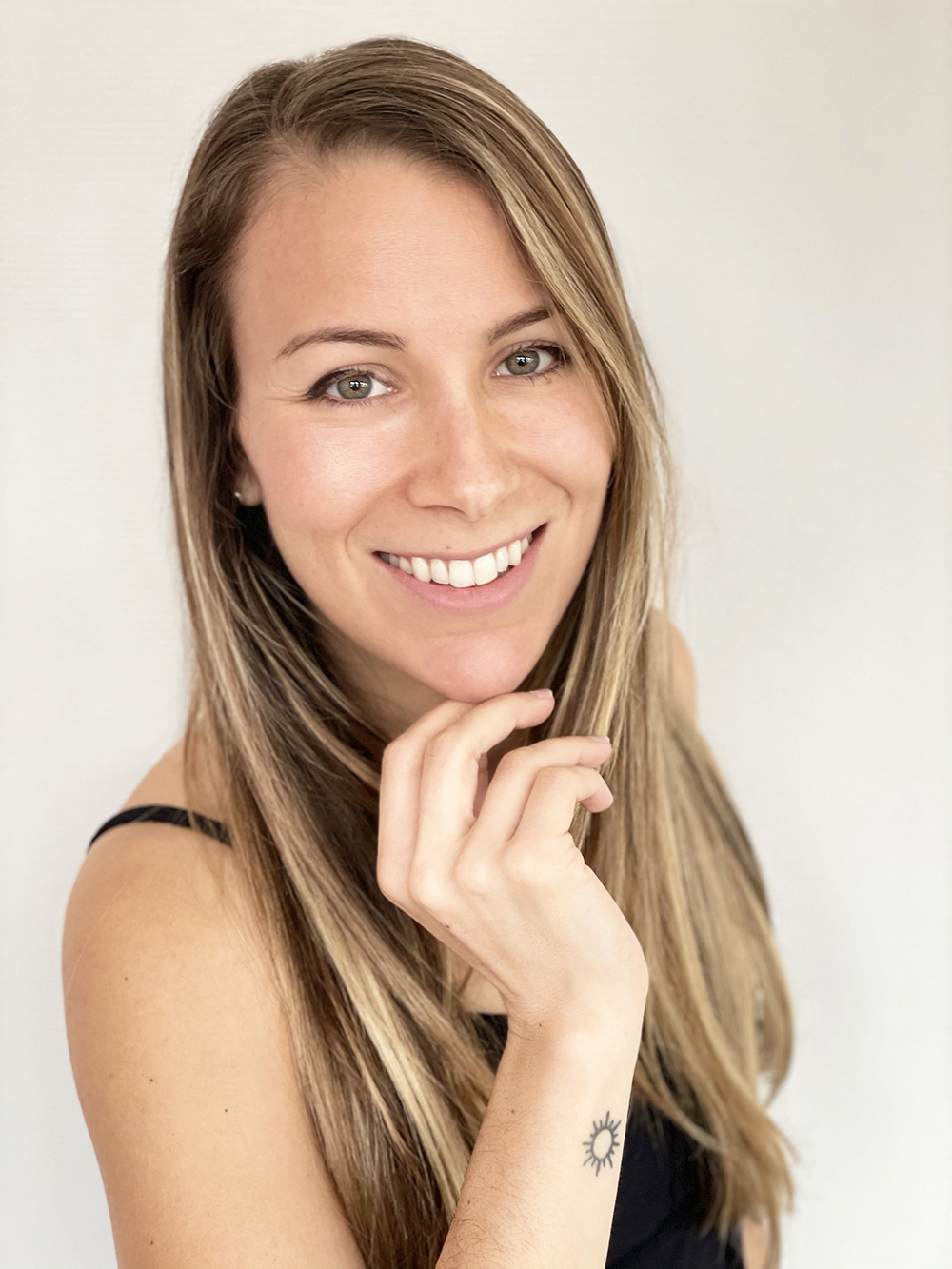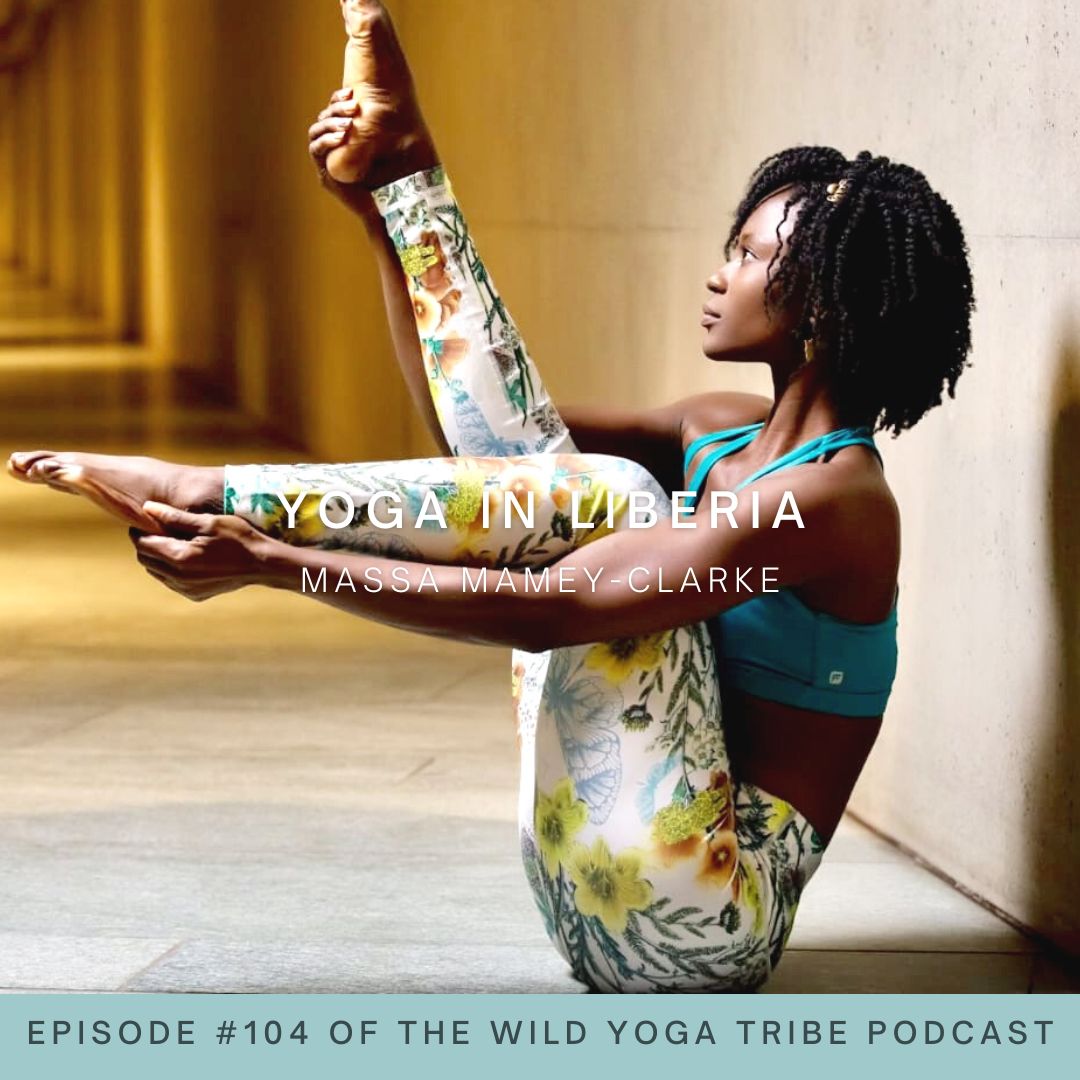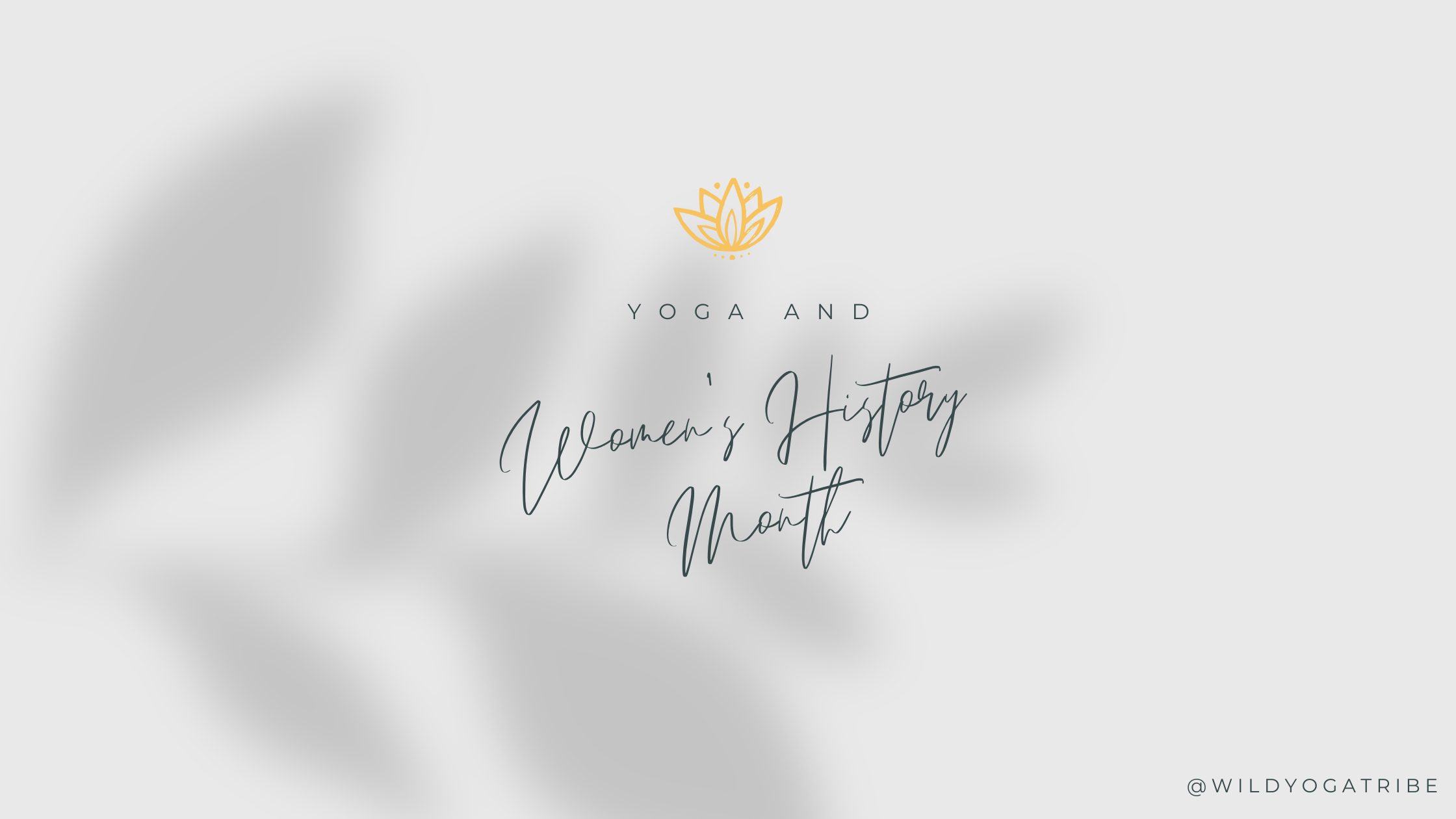
The History of Women in Yoga
Although women have not been always been the face of yoga, they have had a substantial part in the development and expansion of yoga. Women have fought to have their presence respected in yoga spaces for thousands of years. Every aspect of a woman’s identity was tied to the status of the men in her life during the Classical Period of yoga. Women were not allowed to lead spiritual teachings. In recent years, women have become more and more the face of yoga and there are more female practitioners globally than men. The ratio has changed. The world has changed.
During Women’s History Month, it’s vital that we recognize and celebrate the amazing women figures in yoga who played key roles in shaping the practice today.
Parvati: The First Female Figure To Practice Yoga
We cannot discuss the history of women in yoga without acknowledging Parvati, the Yoga goddess of devotion. She’s known for being the second wife of Shiva, the god of universal destructive force. Parvati found Shiva in the mountains grieving the loss of his first wife and decided to try and help him.
Every day, she would bring him food and offerings. Parvati attempted small talk with Shiva such as conversations about the weather. It was only when she spoke of her dreams and how disjointed she felt with her past self that Shiva entertained her company. Parvati confided in Shiva about wanting to try yoga, immediately piquing Shiva’s interest due to her being a woman.
Despite his hesitation, Shiva began teaching Parvati yoga. The two came together and birthed a new way to practice yoga. Parvati’s determination paved the way for a deeper understanding of what it means to practice yoga.
Women’s History in Yoga
Socially, women in the 20th century were on a new journey of self-discovery and exploration. Although the expectations of social norms plagued women’s physical reality, many women began thinking for themselves on a more spiritual, more personal level. Women desired more beyond the identities assigned to them in society as housewives, nurturers, and caretakers. They sought independence in their mind, body, and soul. This idea of a “modern woman” caused women of the 20th century to find innovative ways to occupy their minds and their time.
The early 20th century was a progressive time of growth for women’s mindset. With the women’s rights movements fighting for equal rights, women desired more independence and bodily autonomy. Creative women were flourishing as the century progressed.
With women fighting for their rightful spots in society, a new perspective on different lifestyles was on the horizon.
Indra Devi: The Woman Who Brought Yoga To America
Indra Devi was born in Latvia. She discovered yoga in her teenage years and decided to move to India. She was the first woman to study under Krishnamacharya. Known as “the Father of Modern Yoga,” Krishnamacharya was a challenging teacher for Indra Devi. Although she faced challenges through the lessons from her mentor, Indra Devi pushed through to become the pioneer in yoga she is today. Today, she is considered “The First Lady in Yoga.”
Indra Devi is credited for bringing yoga to America. She delivered yoga to Hollywood starlets back in the 1940s, causing yoga to become trendy among the elite due to its exclusivity. People wanted to live as celebrities lived. The seed of yoga is planted in American history due to Indra Devi.
Yoga being brought to America by a woman shaped the perception of what yoga is in America.
Blanch DeVries: The First Female-Owned Yoga Studio in America
Blanche DeVries opened a yoga studio alongside her husband in the early 20th century. The duo taught yoga to wealthier clientele, exposing yoga to a fresh community of people. Yoga became popularized amongst women for its spiritual, physical, and emotional benefits rather than being viewed as a solely religious practice.
DeVries made leaps and bounds to expand on teaching yoga, its principles, and spirituality in America. Her teachings empowered women. Devries and her husband influenced the perception on yoga further into the century by associating the practice with health and sexual expression.
This new perspective was important for the era as the landscape for women’s social identities shifted.
Recent Years: Women in Yoga at the Forefront
Other prominent figures include Lilias Folan, a woman whose yoga show, Lilias, Yoga and You, provided a foundation for broadcasting yoga in America in the 1970s. Viewers resonated with Folan’s story of how transformative yoga has been to her life and mental well-being.
Sarah Powers is the co-founder of The Insight Yoga Institute. She began teaching in the 1980s, and she was the first to coin the phrase “Yin Yoga.” Her style of yoga consists of long-held passive floor poses, which serve the meridian system— a system comprised of twelve principal meridians which connect an organ system and extends into extremities.
Annie Carpenter also began her journey in yoga in the 1980s. In the 1990s, she started to teach yoga full-time. Annie is the creator of SmartFLOW Yoga. Her signature yoga approaches yoga from an anatomical standpoint while still involving creative sequencing. She draws wisdom and knowledge from Integral Yoga, Iyengar Yoga, and Ashtanga Yoga.
Kino MacGregor is an Ashtanga yoga teacher and the founder of the world’s first yoga online network, Omstars. Omstars is an online yoga studio with classes dedicated to diversity and inclusivity. People can practice Omstars from the comfort of their homes being taught by Kino Macgregor or a variety of other teachers. The network prioritizes yoga as a lifestyle.
Women’s Intersectionality in Yoga
As the world around us continues to evolve, it is important to include communities that have been excluded in yoga history. One of yoga’s principles is to embrace inclusivity; anyone can practice yoga. Intersectionality is the overlapping of social identities. It is highly important to respect each person’s unique identity in yoga.
America has a history of struggling with intersectionality as a country.
During the rise of yoga in America, the LGBTQIA+ community was experiencing discrimination and bigotry. Furthermore, although yoga originated in India thousands of years ago, there was an immigration ban on South Asians and other people of color (POC) from the 1910s up until the mid-1960s. The socio-political-economic relationships between Black Americans, white Americans, and the government has always been extremely volatile. Racism, both systemic and systematic, plagued the lives of BIPOC in America in every way, from their personal spiritual journey to the way their free time was spent.
Due to how yoga became popularized in America, it hasn’t always been accessible to these marginalized communities. Yoga being primarily taught to the elite meant that its audience was predominantly white in America. Marginalized communities found other ways to gain access to the same spiritual and physical freedom awarded to the white elite of America.
Although yoga has been a part of the Black community since the early 20th century, it hasn’t been as widely accessible. During the 20th century, Black Americans would become spiritual leaders for an assortment of different yoga practices such as Hatha or non-physical yoga like Karma Yoga.
Krishna Kaur is considered one of the greats amongst Kundalini yoga Black pioneers. Kaur began studying yoga in the early 1970s under Yogi Bhajan. Bhajan prioritized teaching to the Black community in an innovative way because he understood that the Black community faced a different reality in America that affected their spirituality and physicality.
Through her 45 years of practice, Kaur has not only prioritized teaching in countries with BIPOC populations but has also opened the first yoga studio in South Central, Los Angeles. Krishna Kaur also founded Y.O.G.A. for Youth, a yoga program for at-risk youth and self-help for the incarcerated.
Black yoga pioneers like Krishna Kaur created a desire for other Black practitioners to make room for themselves to practice. Teachers like Kaur prove how valuable it is to understand how systemic trauma directly affects Black physicality and spirituality. Today, although yoga is still a predominantly white community, Black yoga practitioners have been on the rise. They strive to make yoga a truly diverse and inclusive place by providing representation in instructors and incorporating Black culture into yoga classes.
South Asian Americans are also on a journey to reclaim their rightful place in the yoga space. Suni Gargaro, the founder of Sunia Yoga, believes that the yoga landscape today should be more authentic and diverse. Gargaro began practicing yoga in her 20s after denying herself the joys of her culture due to bullying and racism.
Sunia Yoga is an ethical, high-quality yoga apparel line with the authentic beliefs of yoga built into the seams. Most of the designs incorporate South Asian culture like mandalas, bright colors, and beautiful patterns. Gargaro believes in giving potential yoga practitioners a better focus on the intended union between body and mind.
As BIPOC women yoga practitioners and instructors continue to seek a space in the yoga community, LGBTQIA+. The LGBTQIA+ community has struggled with having truly inclusive and safe spaces at yoga studios. Similar to other marginalized communities, LGBTQIA+ yoga practitioners desire to learn from someone who understands their specific struggles as a member of their community.
Jillian Modes, a self-proclaimed “trans-elder”, instructs yoga classes for undervalued communities including the LGBTQIA+ and recovering addict communities. Mel Douglas is a Black Lesbian activist and founder of the Black Women’s Yoga Collective, a yoga company that focuses on making yoga accessible for BIPOC communities.
Women in yoga such as Modes and Douglas illustrate the importance of intersectionality in yoga. Due to yoga being a predominantly white space in America, women who belong to underrepresented communities are doing their part to make yoga a truly diverse and inclusive community.
Women’s History in Yoga: Yoga Practitioners and Teachers Throughout History
The Wild Yoga Tribe is a community of bright, strong, diverse women from every corner of the globe. Our community supports all human beings, including cisgender, transgender, nonbinary, genderqueer, genderfluid, and agender people. It is a Wild Yoga Tribe priority that all feel welcome to join together in conversation to help all beings feel truly heard, seen, understood, and empowered.
If you haven’t tuned in yet to the Wild Yoga Tribe podcast, the time is now. Listen to the incredible voices and stories of practitioners all around the world. Learn more about the history of yoga, not just in America, but in other culturally rich countries such as Azerbaijan, Namibia, and Egypt. Honor these teachers. Hear their stories. Learn from them. Expand your horizons. The time is now.
